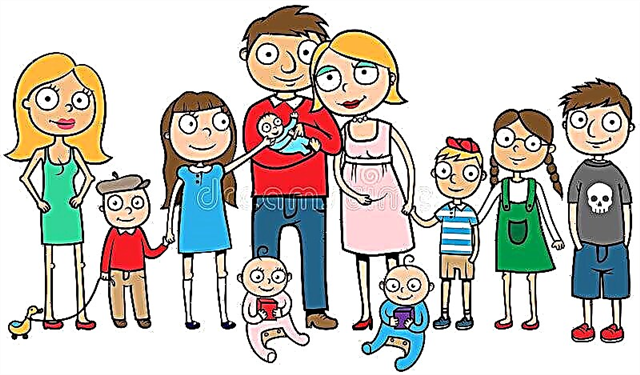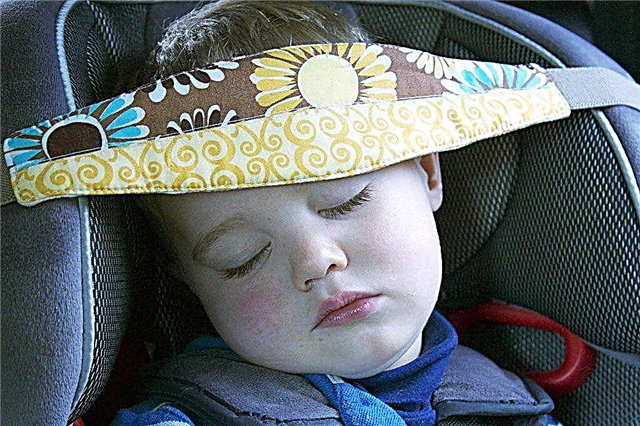
About ten years ago, a new concept of creativity appeared - drawing with jets of sand pouring from the palms onto a transparent surface illuminated from below. Masterpieces created by this method usually live no more than a few seconds, and they can only be remembered on videos, but such "drawing" does not require consumables at all and allows you to train almost endlessly. The new idea was quickly picked up by various manufacturers of developmental and creative products. Today, child development experts recommend their use along with other types of creativity, because they are confident that such a pastime stimulates brain development.


What it is?
A light sandbox differs from an ordinary sandbox in a number of criteria, and it is worth starting with the fact that no one gets inside it - it is precisely a sand painting table. Its table top is equipped with bumpers to prevent the loss of the main consumable, which can therefore be reused an infinite number of times. The height of such a product can be different, depending on the age and height of the potential owner, but you need to choose a model so that the sand artist can freely reach any corner of the countertop surface.


The sand table is equipped with backlighting, which allows you to highlight the outlines of the depicted scenes and add brightness and shade to the initially monochrome image.
At the same time, the sand itself for the full functioning of the light sandbox does not need so much - the material should not completely block the flow of light, but rather, only to limit it to certain forms that the creator sets.
Most modern models of light sandboxes manufactured with an eye to the use of different types of sand - from pure river or construction to the recently fashionable kinetic. Such a gadget is distinguished by the significant strength of the transparent layer and all other nodes, therefore its use for teaching children is officially allowed.
Kinds
A modern children's glowing sand table should not be perceived as just a shining panel for a long time - many manufacturers in an effort to offer consumers something completely unique and multifunctional are trying to combine literally everything in one gadget. Thanks to their engineering research, 7 in 1 type models, and although not in all cases their purchase is fully justified, it is still worth understanding the available equipment options in order to understand what is useful in specific conditions, and what you are overpaying for in vain.
The easiest way to improve the light sandbox is equip it with a lid. Not only does it protect the sand panel from dust and foreign objects and prevents the sand from eroding due to drafts, but its back is often also made capable of performing the functions of a "smart" table.


Thanks to this, the gadget performs the functions of two developmental devices at once in one case, which affects parental savings, but at the same time contributes to a faster and more effective all-round development of the child.
In recent years, some manufacturers have even produced light sandboxes combined with interactive ones. For the full functioning of such a unit, additional equipment is needed, namely: a computer with special software, a projector and a depth sensor. Working harmoniously, this equipment allows you to experiment with the relief - for example, a cone sculpted from sand is tinted in characteristic colors to look like a mountain or even a volcano, and depressions are visually “filled with water”. A separate interactive sandbox assumes the presence of various educational programs that demonstrate the features of our planet and are used, among other things, for an exciting game. Combining this gadget with an ordinary light sandbox, again, allows you to squeeze more value out of one device.
Sometimes especially expensive models of tables for drawing with sand appear on the market, in which the transparent panel is not just highlighted from below, but is a touchscreen - that is, a full-fledged screen. In theory, this gives even wider educational and entertainment opportunities, but devices of this type are predictably more expensive, although they do not differ from a tablet in anything except size, so at the moment these are more promising developments than a popular and demanded product.


Dimensions
Choosing a light sandbox, do not forget that such a product is not intended only for children - home gadgets of this type can also be used by adults for creativity. Large models, like 130 by 70 cm, are just adult models that are pointless for children to take, because the entire area will not be used anyway. For a child of any age, sizes of the order of 50 by 70 cm are usually chosen - in any case, it will be difficult for a beginner to think large-scale and create entire panels, and it will be easier to hone skills, especially with small hands, in a relatively limited space.
note that tables for drawing with sand are available not only in rectangular shape, but also in square shape, although most experts do not really approve of the latter option. It is generally accepted that the square adjusts too much to correspond to the correct forms - roughly speaking, it limits the flight of fantasy to unnecessary frames, preventing the child from opening up. Square models will be just right for creating symmetrical masterpieces, but this, you see, somewhat kills the uniqueness of the picture.
On the contrary, rectangular tables have more advantages than disadvantages. On such a field for creativity, you can create compositions of both horizontal and vertical orientation, it is also a little easier to accurately determine the center here.


It is important to avoid too cramped workspaces. - with an area of the creative platform of about 30 by 40 cm, it turns out that there is no opportunity for wide lines, large and sweeping details, which is why the result lacks artistry.
Empirically, parents and adult creative people have determined how high the side should be around the perimeter in order to prevent sand spilling onto the floor, without interfering with the creation process. No matter how small the child is, sides below 4 cm will be impractical - you will have to regularly clean the room and think about periodic replenishment of sand reserves. The generally accepted norm is considered to be the height of the sides within 5-6 cm - this allows the entire worktop, together with the luminous panel, to be limited to a thickness of about 10 cm.


Popular models
It is difficult to determine the best manufacturer in the industry, which is still a wonder for our country, because we'll just highlight a few very popular table models from different price ranges.
- "Sand-light"... An economical model for 15 thousand rubles from among the simplest. In fact, the most primitive version of a sand painting table - no additional functions, but with 5 types of sand in the set.

- "Cart". The name of the model for 90 thousand rubles was not chosen by chance - it is the mentioned type of transport that imitates the frame of the product. The set comes with multi-colored sand in 5 shades. The table allows you to change the color of the backlight, and its glass has an anti-vandal coating.

- SandProf. A very expensive gadget for 250 thousand rubles is not in vain so expensive - it combines the functions of a light and an interactive sandbox. The kit already includes a computer on which the software for learning to paint with sand is installed.

How to choose?
When purchasing goods for children, it is important to understand that there are practically no non-fundamental aspects - everything matters when the user is not very responsible and does not think at all about his own safety. All this is especially important when choosing a home table for drawing with sand, because at home, parents are not always always close to the baby during his classes.
You can start choosing a model by decide what material for making the case will suit you. Very often, chipboard is used as such - such plates cost mere pennies, but due to the chemical composition, such a frame is generally better not to be used in rooms with people, or at least you need to look into the certificate and choose chipboard of class E1 - this means that dangerous formaldehyde there is not much in it.


In any case, tables based on chipboard are not suitable for group work - they do not shine with strength, therefore they require careful handling, which is unlikely in the company of children.
MDF in this regard is much more practical - it does not contain potentially harmful components, and its strength is much higher. As often happens in such situations, a slight increase in quality immediately affects the cost, and not for the better, but most often experts advise buying just such tables for both ordinary and kinetic sand.

Solid wood is even more expensive, but just in case, let's clarify that it is a solid piece of natural wood that is meant. - that is, the environmental requirements are certainly met, and there should be no complaints about strength. Various species are used for the production of light sandboxes, including relatively cheap and soft pine and expensive, very hard and durable oak. In any case, the product will cost more, but it will also show itself better than the same MDF. The big advantage of any array is the simplicity of its repair - any damage can be carefully sanded, and then completely repainted or re-varnished the table, completely renewing it. If wood is too expensive for parents, it is wise to invest in a slightly cheaper plywood - it is usually not inferior in quality.

Sand painting tables are not usually made of pure plastic. - they are only sewn into the outer plastic layer no more than 3 mm thick, although the same MDF or even chipboard is hidden inside them. The plastic coating is designed to protect the wood-based core from moisture and scratches, but even resistant plastic will lose its original luster over time.
Pay attention to the transparent layer - it should be made of inexpensive, lightweight, but unbreakable plexiglass. For an even distribution of light and correct visual perception of the created paintings, the surface should by no means be glossy, but only matte.
For ease of use, many models of light sandboxes are specially equipped with a side compartment for storing sand. So its surplus does not interfere with the creation of the picture, accumulating at the sides, which means there is less chance that they will spill through it.

There are usually no questions about the illumination of adult models - it is just neutral white, which is considered the standard. But for this, in order to more intensively involve children in the creative process, special models are created with the ability to change the color of the LEDs at any time using a special remote control. The brightness of the process attracts kids, and they will be much more willing to draw on such a board.
Regardless of the additional functionality, the cover of the light sandbox will definitely come in handy. At least when closed, the sand drawing table turns into an ordinary table, the scope of which is already much more diverse. At the same time, an adult buyer must pay attention to the simplicity of opening the lid - a child should cope with this without problems. In no case should such a detail be heavy, because children are very fond of dropping various objects and can be injured.

See below for an overview of the Myplayroom light sandbox.



